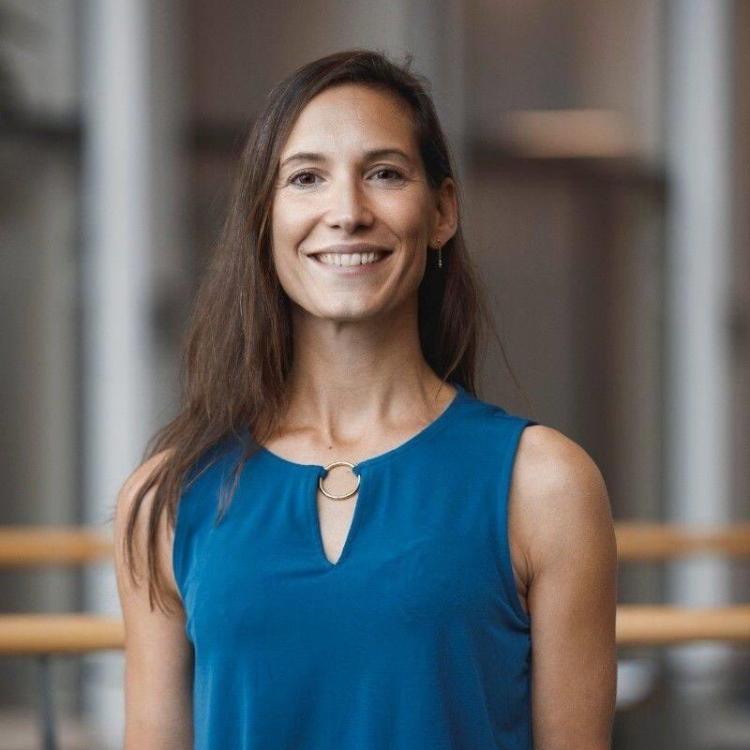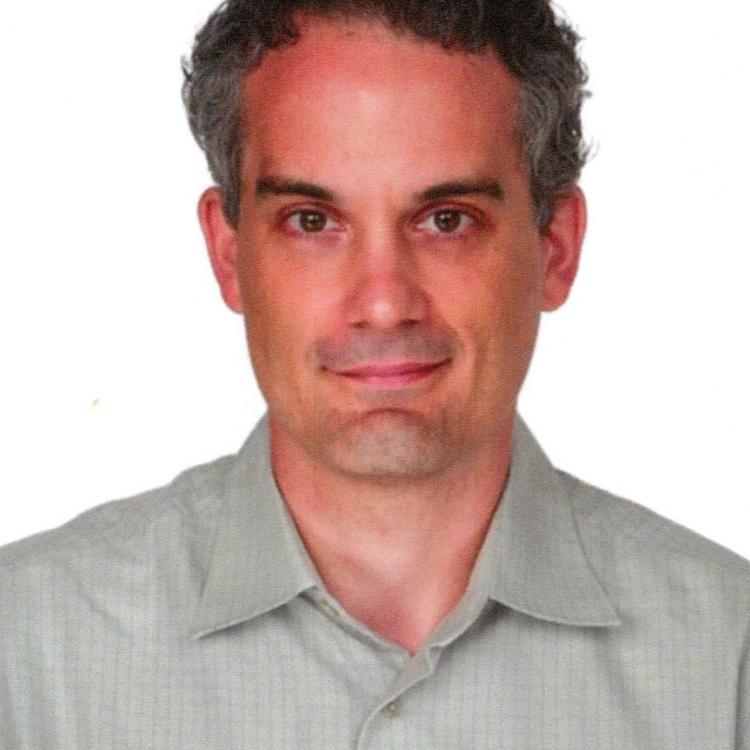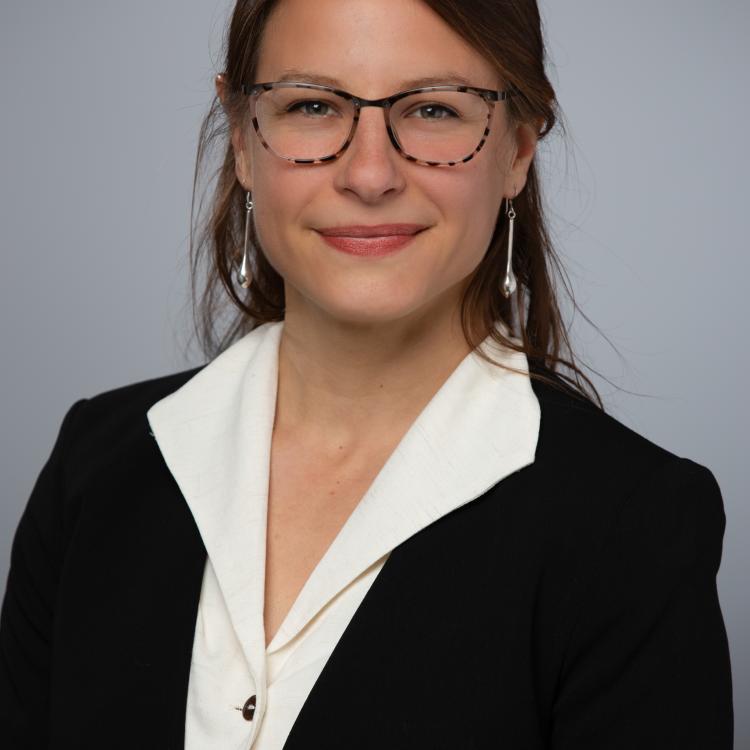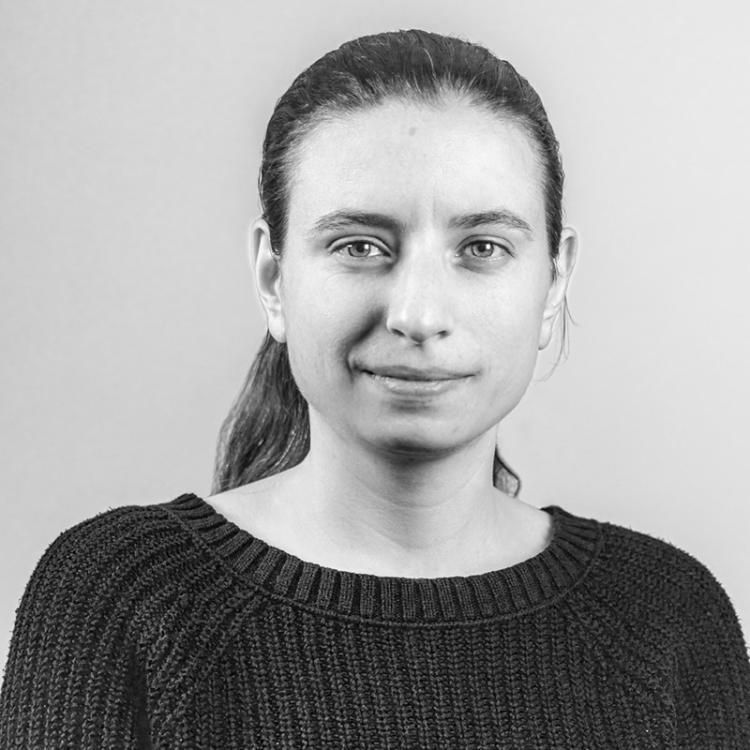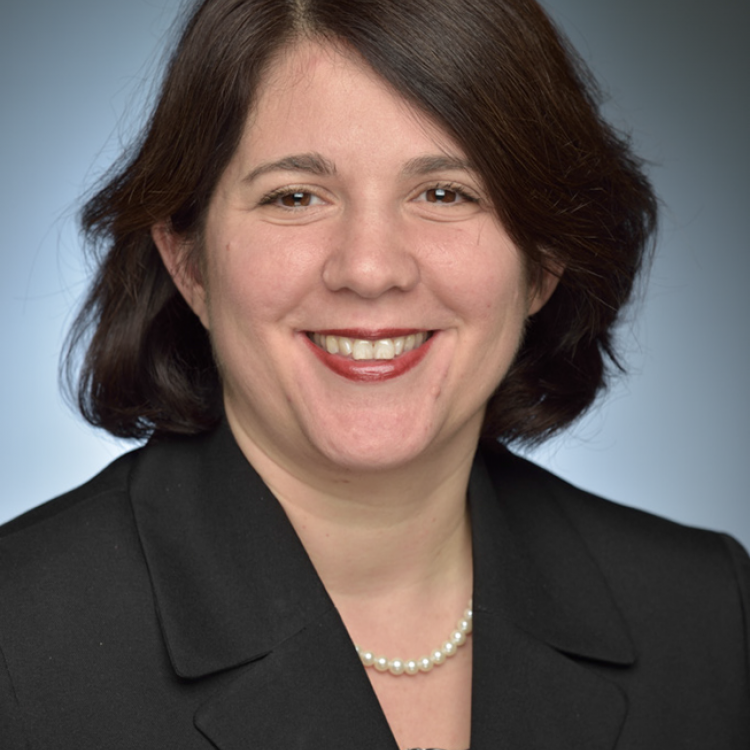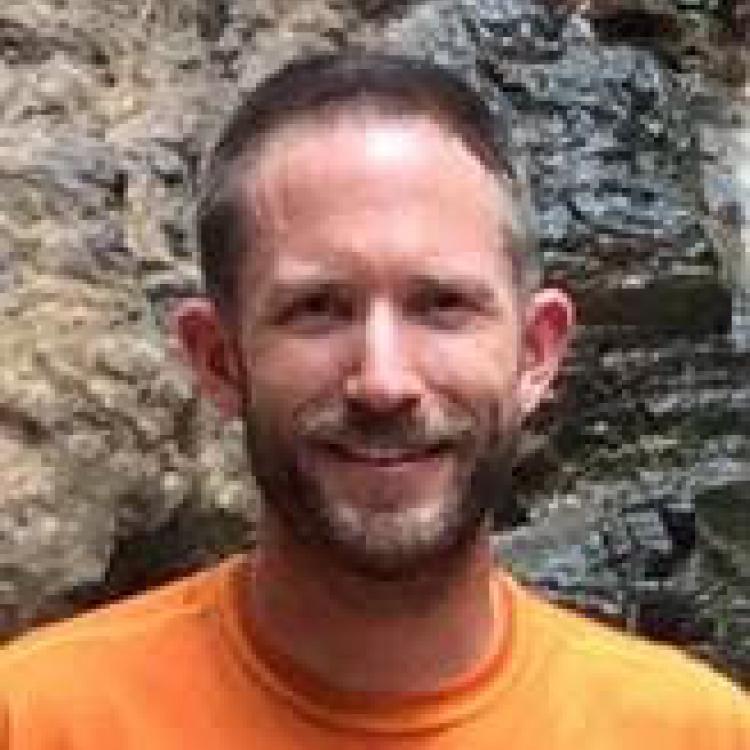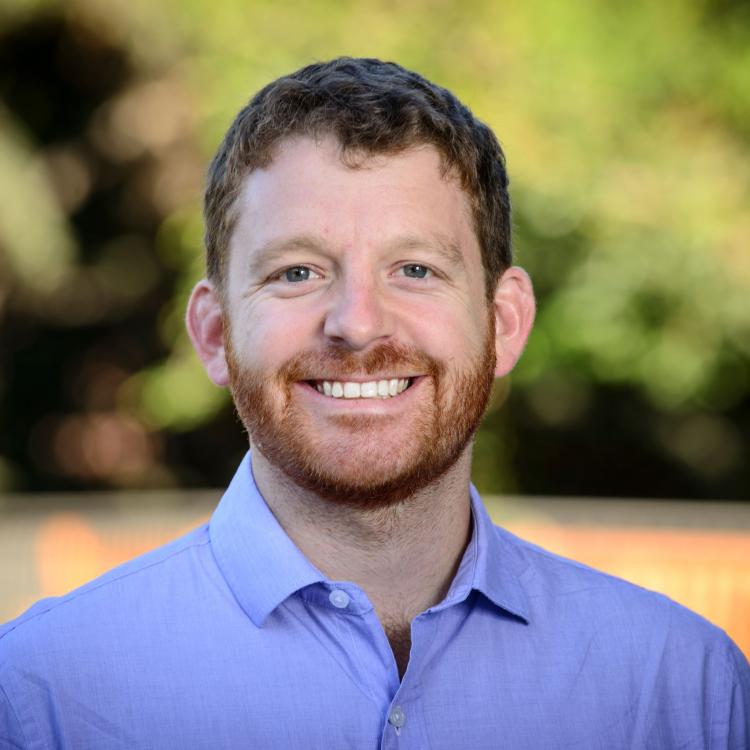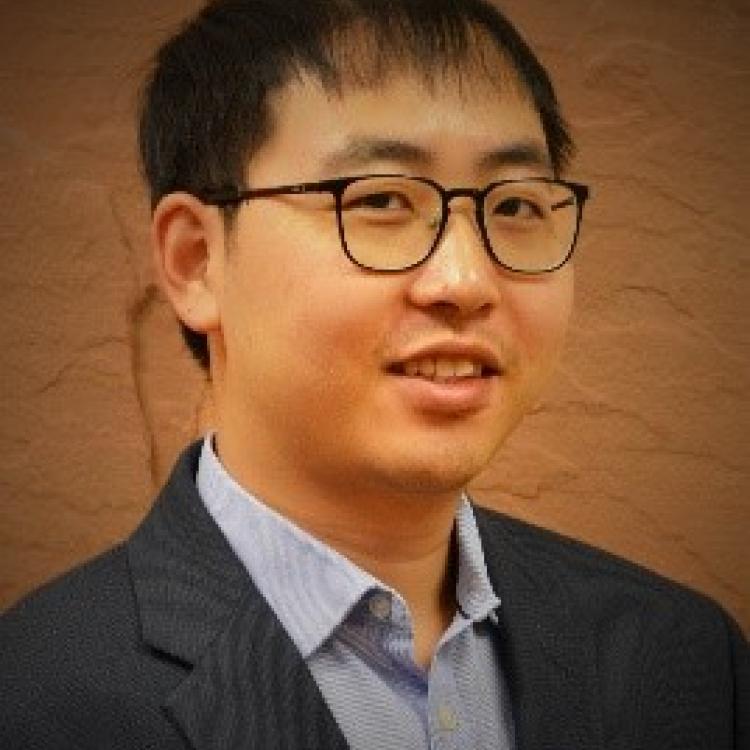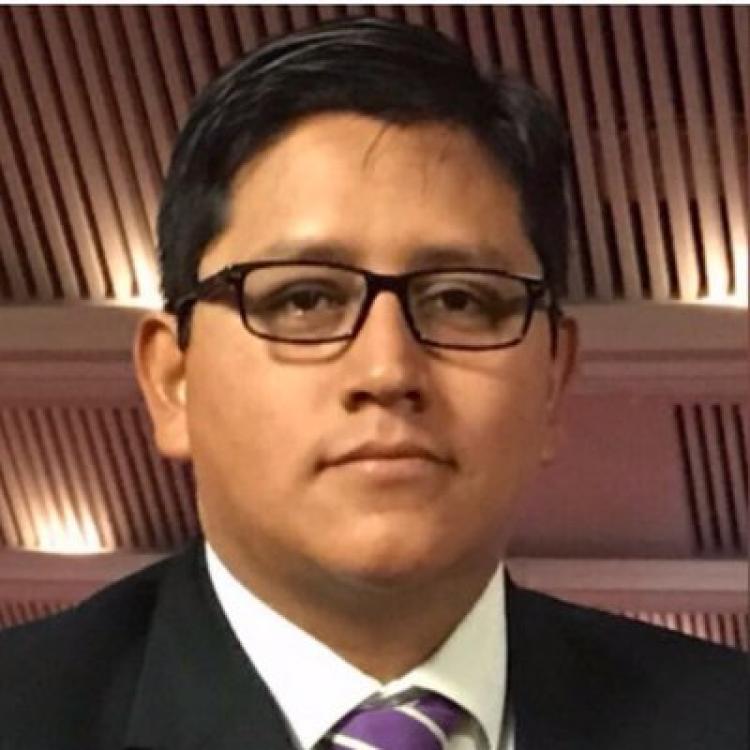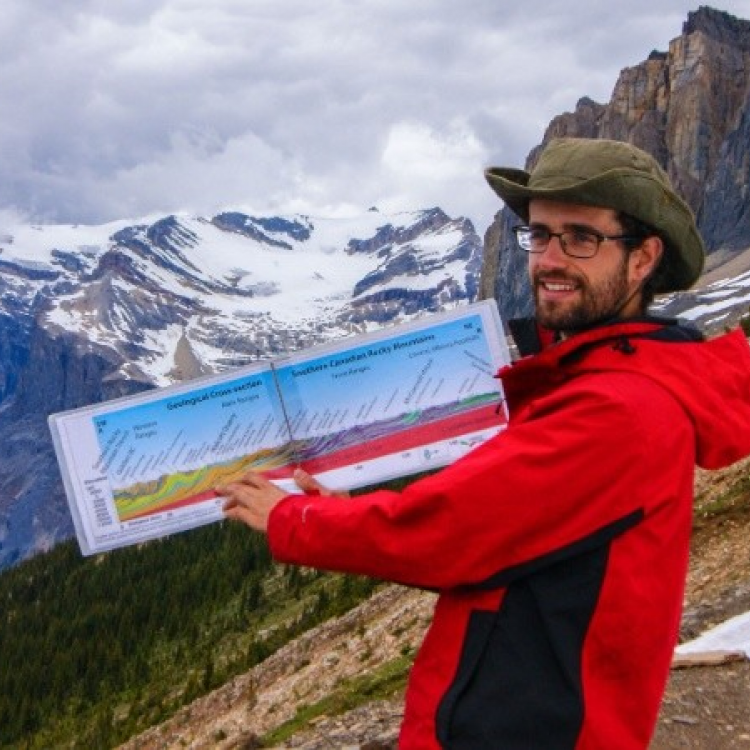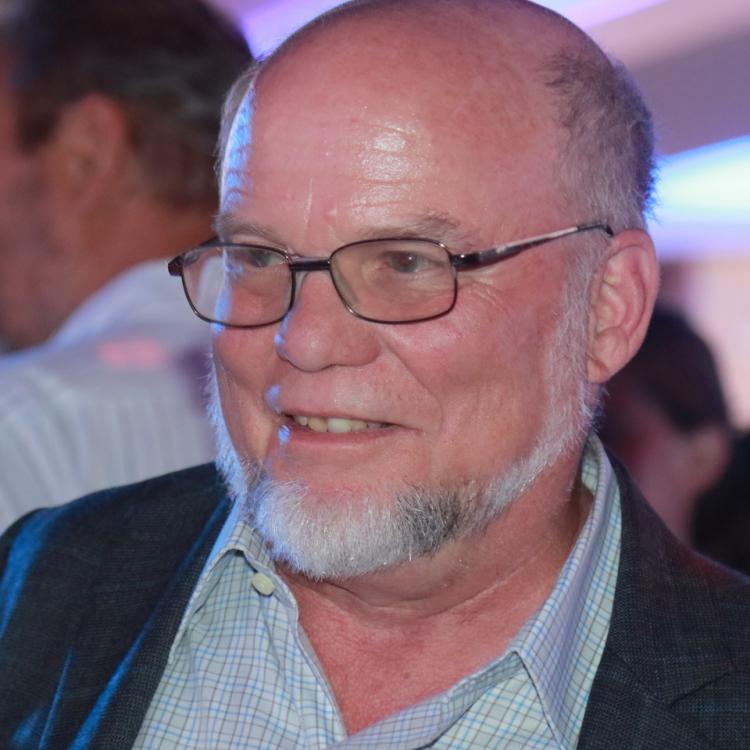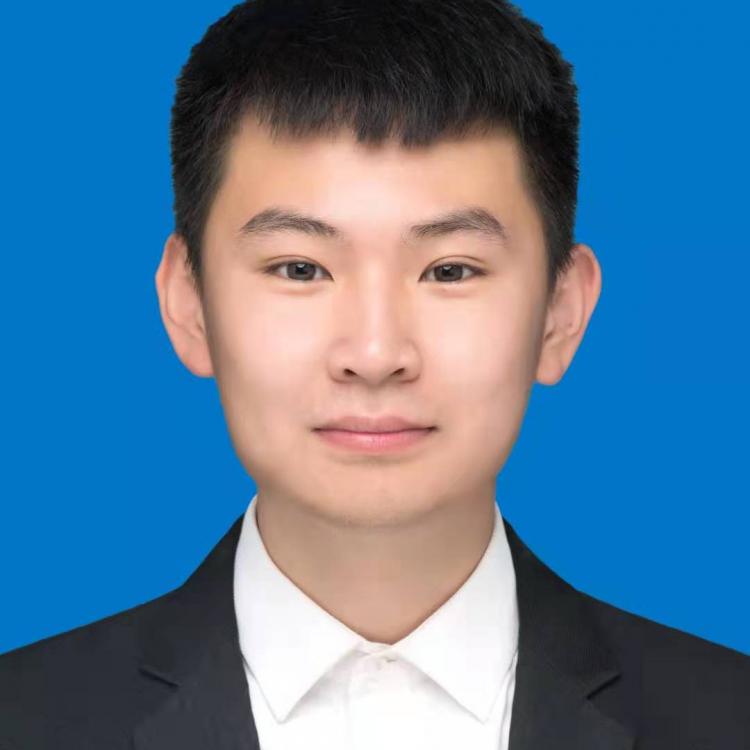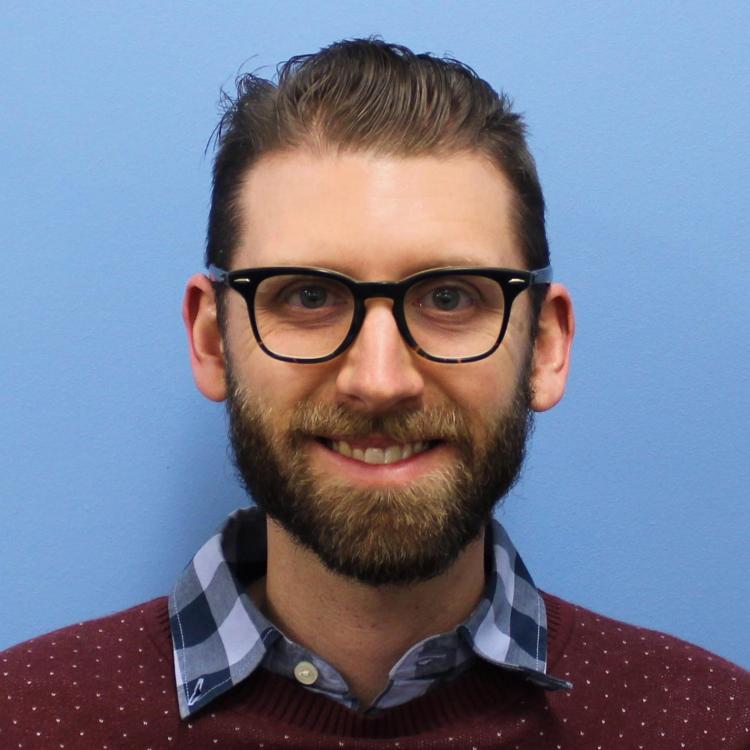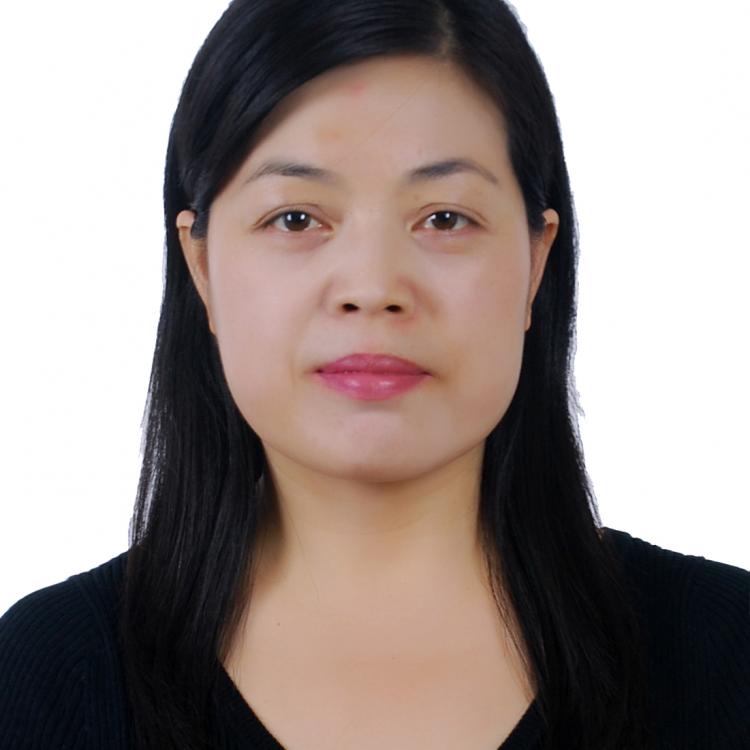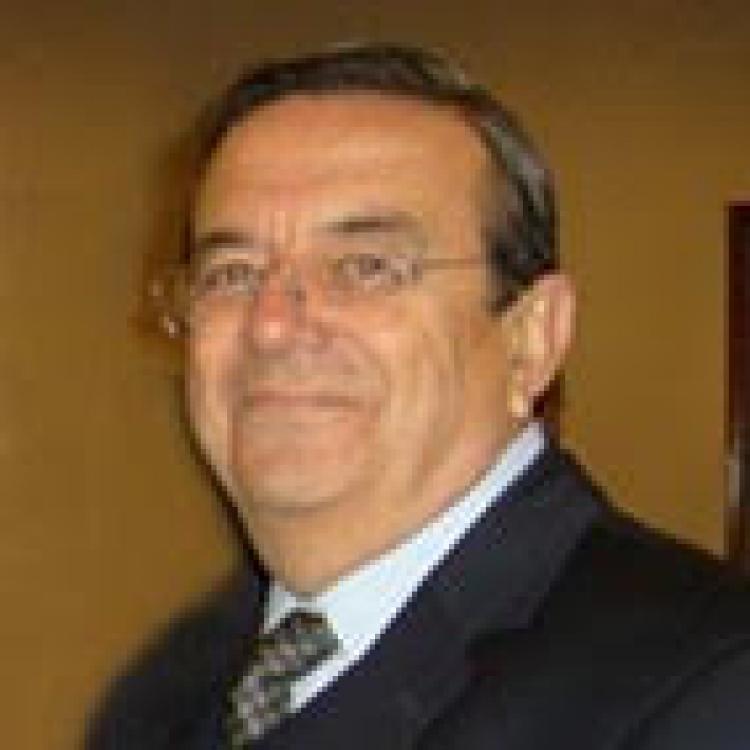Date
Date and Time
October 21, 2020 03:45 PM (PDT)–04:45 PM (PDT)
Abstract
High-precision line-leveling on and around the Puna Geothermal Ventures (PGV) site identified structures controlling the position of dike intrusion and subsequent eruptive fissures during the onset of the 2018 eruption. Relative vertical displacements of our 32 benchmark array were previously measured regularly beginning in 1992. These surveys provided important background information about long-term ground motion in this part the Lower East Rift Zone. Consistent but subtle ongoing subsidence coupled with known geologic surface features clearly defined a graben structure along the rift axis and a cross structure in the PGV area prior to the 2018 eruption.
A dramatic change to the eruption of Kilauea began with the collapse, M4.5 earthquake, and small fissure eruption at Pu`u O`o on April 30. For several days magma intruded into the LERZ accompanied by ground deformation and seismicity. Over the next three weeks we conducted 3 partial surveys in the area documenting unprecedented ground motion.
Eruptive vents began to open on May 3, and fissures opened along a single alignment over the next nine days. Seismicity and eruptive vents were initially confined, however, to the west of PGV, impeded by a long-lived cross structure to the rift near Pohoiki Rd. Relative subsidence occurred east (downrift) of this structure during this time, while uplift associated with dike intrusion presumably occurred to the west (uprift).
On May 12 dike advancement across the Pohiki Rd. structure opened a number of new fissures south of PGV. On May 13, the only off-axis and farthest downrift eruptive vent, fissure 17, began erupting. Observed subsidence across the rift axis at PGV was abruptly replaced by significant uplift as magma broke through the cross structure and fed the eruptions downrift. Uprift migration of activity near the end of May heralded a new phase of the eruption with voluminous hotter, more fluid lavas which covered most of the benchmarks used in this study.
Speakers
Session Code
TSWC10




































